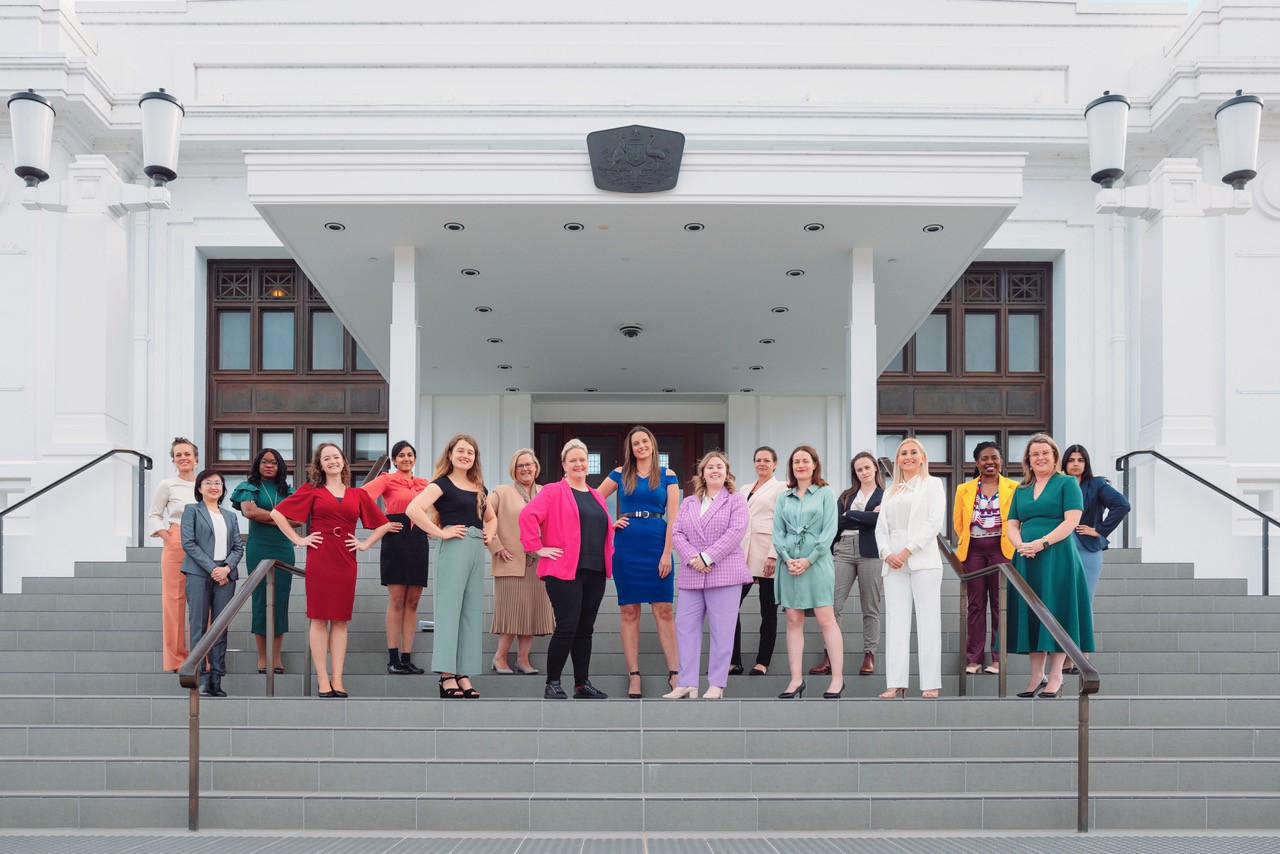DATELINE Canberra, October 9, 2012. High drama. In a dam-bursting torrent, Prime Minister Julia Gillard unloads, venting long-suppressed frustrations over gendered insults by right wing shock-jocks, sundry TV bullies, and most pointedly, Tony Abbott.
“I will not be lectured about sexism and misogyny by this man. I will not … not now, not ever”
“I will not be lectured about sexism and misogyny by this man. I will not … not now, not ever,” she thundered across the House of Representatives.
It was a signature moment, weighty and visceral, like Gough Whitlam’s “dismissal” speech on the Parliament House steps.
“The Leader of the Opposition says that people who hold sexist views and who are misogynists are not appropriate for high office. Well I hope the Leader of the Opposition has got a piece of paper and he is writing out his resignation. Because if he wants to know what misogyny looks like in modern Australia, he doesn’t need a motion in the House of Representatives, he needs a mirror.”
Cornered over her recruitment of the dubious LNP defector Peter Slipper as Speaker, Australia’s first and (still) only female prime minister, had cracked, at last dropping her adopted façade of disinterest in the gender question, and frankly, letting it rip.
What would quickly become known as “the misogyny speech,” was freighted with a righteous indignation generations in the making.
And in this, the digital age, the Australian PM’s fury reverberated around the democratic world, becoming a force multiplier in the global groundswell for gender equality.
Here was anger from heart, anger that could change politics while also transcending its restrictive masculine norms
Here was anger from heart, anger that could change politics while also transcending its restrictive masculine norms.
Six and a half years later, on this International Women’s Day 2019, there has been marked progress but regression as well.
Gillard never made it to the next election, torn down by the man she’d replaced herself, Kevin Rudd.
But unlike the men most crucial to her fall, Abbott and Rudd, she would immediately leave the stage bloodied but unbowed, her dignity intact and in many quarters, enhanced.
On departure, she remarked that for all that trauma, she expected that her trailblazing would somehow make it easier for younger women to follow. But has it? Or was her ruthless pursuit another warning to would-be leaders, that politics is a mug’s game, and one for male mugs at that?
Happily, her optimism was true inside the ALP which by virtue of gender quotas initiated as far back as 1994 will reach 50 per cent male/female representation in the federal parliament at the coming election. It already sits comfortably above 45 per cent.
Not so the Liberals, where progress hasn’t just stalled, it’s gone sharply backwards. Indeed there are fewer Liberal women in Canberra now than when Labor’s quota was being devised.
Anne Summers reframed the so-called ‘women problem’ as “a man problem, and a merit problem and a misogyny problem. And all three of these ‘M’s are inextricably connected”
This week the feminist author Anne Summers used an IWD address to the National Press Club to reframe the Liberals’ so-called ‘women problem’ as “a man problem, and a merit problem and a misogyny problem. And all three of these ‘M’s are inextricably connected”.
She scaled the problem noting that of the 75 women in the current parliament, just 19 are Liberals.
That’s less than 23 per cent.
“Prior to the 2016 election the Liberals had had 19 women in the House of Reps but they went into that election with only 17 because two retiring women members – Bronwyn Bishop and Sharman Stone – were replaced in their safe seats by men,” Summers said.
Six lost their seats.
The 12 surviving Liberal women in the lower house has since become 11 (defection of Julia Banks) so with 8 female senators, women make up just 19 in total and three of those who are retiring this time will not be replaced by women: Ann Sudmalis, (Gilmore) Jane Prentice (Ryan) and Lucy Gichuhi (unwinnable Senate spot).
It seems amazing in 2019 to think that Abbott not only stormed to power just months after Gillard’s brutal ouster, but then saw no shame in naming just one woman in his Cabinet – that’s right, just one.
A fortnight ago, that very same high-achieving woman donned a striking Suffragette white, rose in the House of Representatives, quit the game, and exited.
Adelaide-born Julie Bishop had been deputy leader for 11 years, a foreign minister peerless in her own party, and one of the Coalition government’s most popular figures, even outdoing Malcolm Turnbull in some preferred PM rankings.
She was also a brilliant Liberal fundraiser, and her party’s best on-the-ground champion, keenly sought by marginal seat MPs eager for her rockstar touch.
Yet when Turnbull faced the wraith of right wing Liberals determined to put the “coal” back in “Coalition”, Bishop could muster only 10 votes from her colleagues to be his replacement.
Labor was mystified, if quietly delighted. A well-placed source has confirmed that Bill Shorten’s shadow cabinet met as Turnbull was about to be toppled.
“Widespread agreement Bishop was the one they all feared the most,” the source noted this week.
“They believed she’d reset the narrative and be the hardest to counter.”
Then came a reality check. The same insider expressed a personal view: “[Of course] she’d have been ripped apart by her own side. But her first polls would have been dramatic”.
A grim thought, yet probably true. ‘Guess we’ll never know now.




